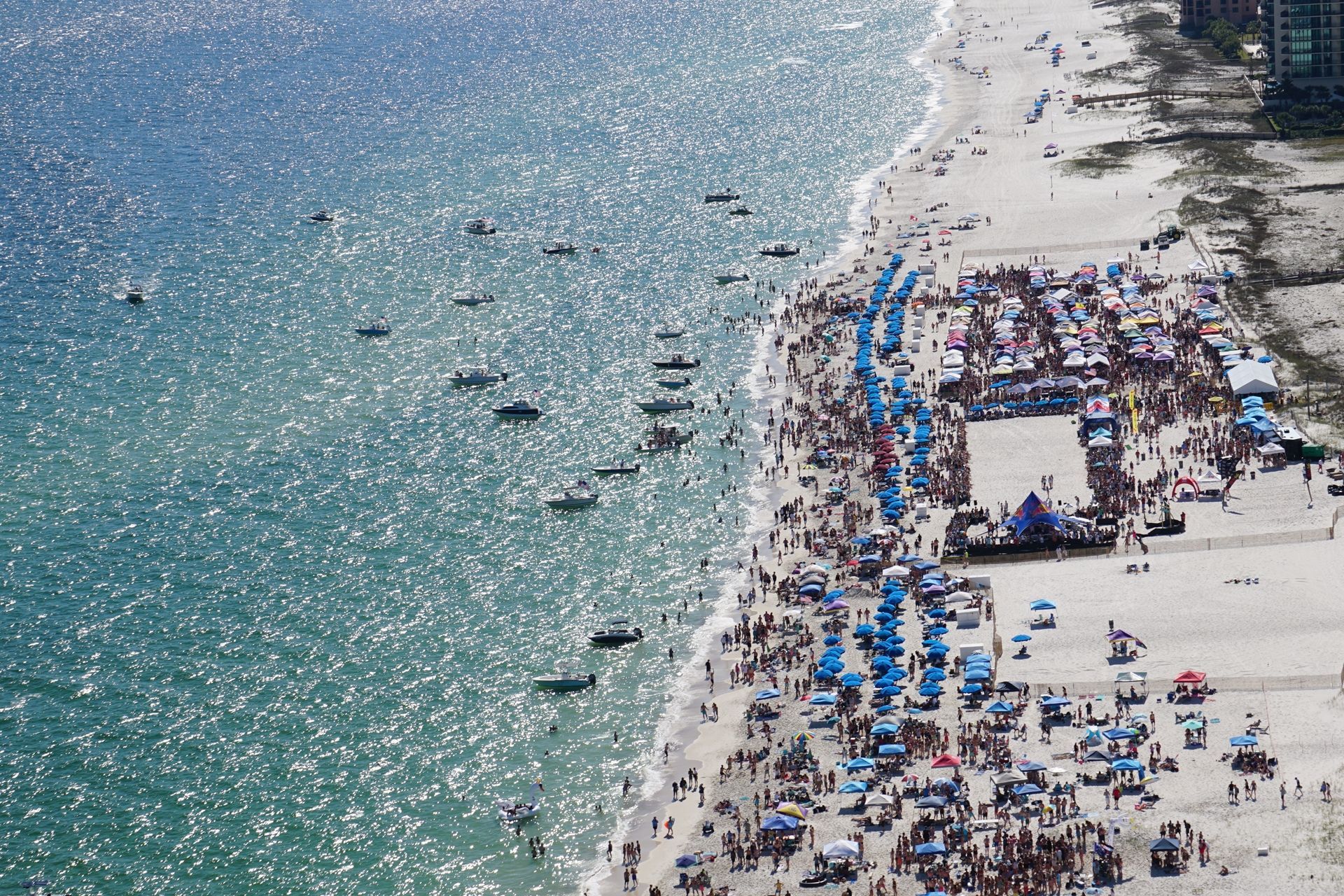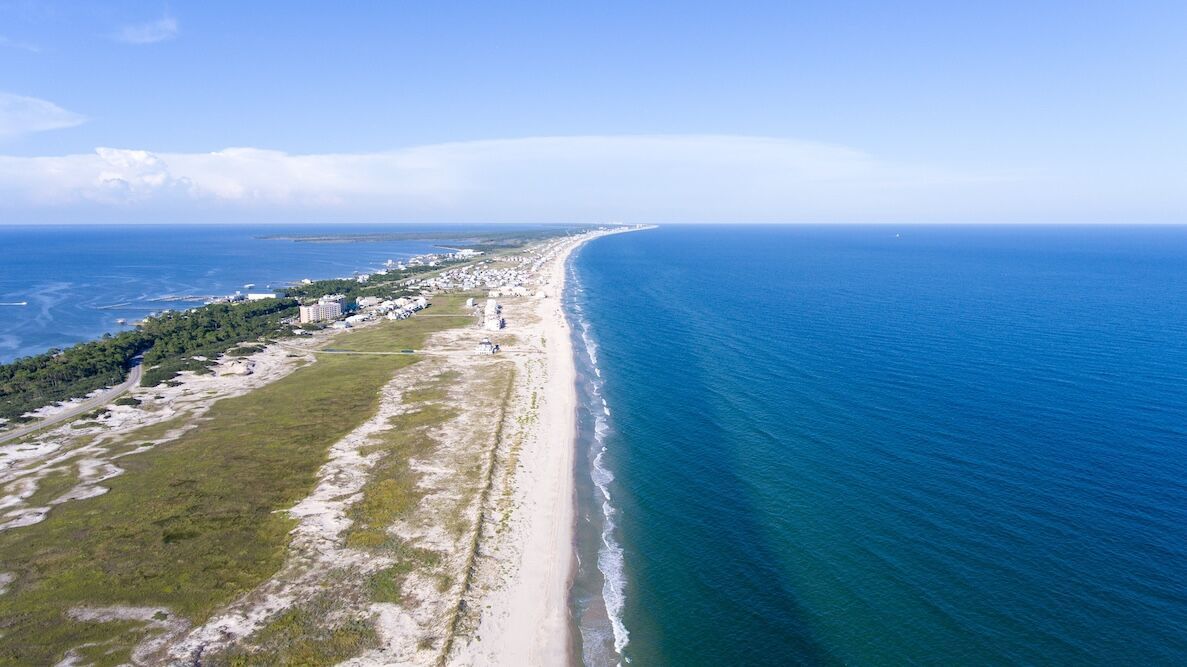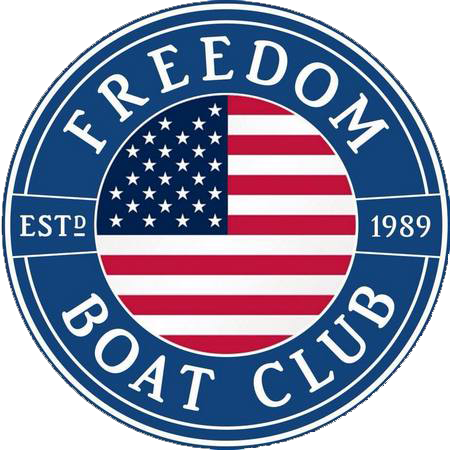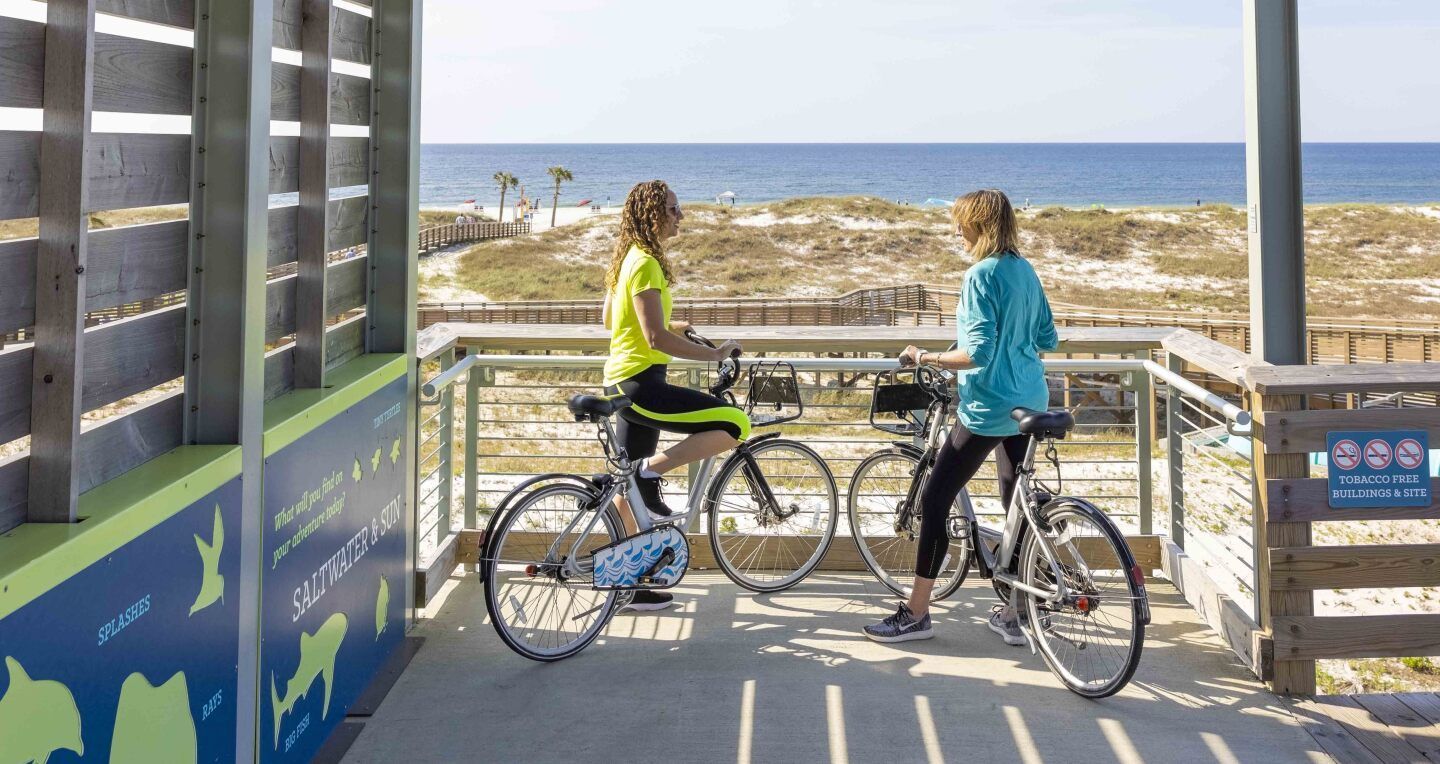Celebrating Earth Day: Plastics vs. the Environment
ken • April 22, 2024
Earth Day has been around since 1970
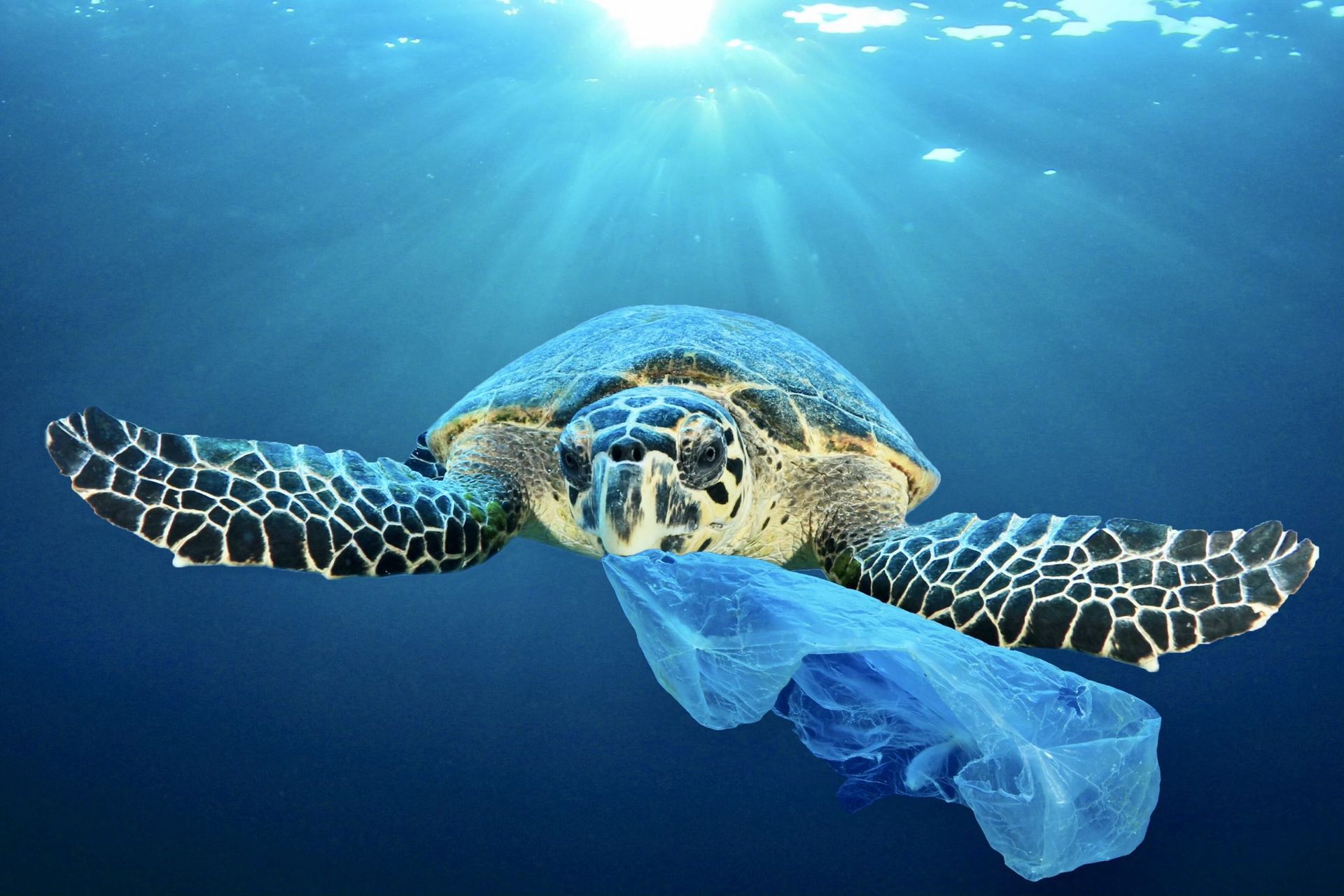
Today marks the annual celebration of Earth Day - a global event that has inspired millions to take action for the environment since its inception over 50 years ago. The theme for this year is "Plastics vs. the Planet", a subject very familiar to local volunteers and water monitors.
The origins of Earth Day can be traced back to 1970, when Senator Gaylord Nelson of Wisconsin called for a nationwide "teach-in" to raise awareness about environmental issues.
In those days, there were no major laws or regulations in place to protect the air, water, or wildlife in the United States. Driven by growing public concern over oil spills, polluted rivers, and the impact of pesticides, an estimated 20 million Americans - 10% of the population - participated in the first Earth Day demonstrations across the country.
The grassroots mobilization of that first Earth Day was a resounding success, leading to the creation of the U.S. Environmental Protection Agency and the passage of landmark legislation like the Clean Air Act, Clean Water Act, and Endangered Species Act. This occurred during the Nixon administration.
Earth Day has since evolved into a global phenomenon, with over 1 billion people in 192 countries now taking part each year.
For 2024, the theme of Earth Day is "Plastics vs. the Planet."
This year's Earth Day theme of "Plastics vs. the Planet" shines a spotlight on the devastating impact of plastic pollution, particularly in sensitive ecosystems like the Gulf of Mexico.
Recent studies have found that the Gulf of Mexico contains some of the highest concentrations of plastic waste in the world.
Driven by the Mississippi River, which acts as a giant collector of plastic and other waste from across the Midwest, the Gulf is inundated with everything from discarded bottles and packaging to microplastics and synthetic fibers.
In fact, researchers have discovered plastic particles in the stomachs of small fish and other marine life, indicating that these toxins are already making their way up the food chain.
The threat posed by plastics in the Gulf extends far beyond the visible debris. Microplastics and microfibers can absorb harmful chemicals and pollutants, which are then ingested by wildlife and potentially passed on to humans through the seafood we consume.
Additionally, entanglement in plastic waste poses a serious danger to endangered species like sea turtles, which can become trapped and unable to hunt, eat, or escape predators.
Many local volunteers and environmental organizations assist each year to protect the aquatic wildlife in Alabama’s coastal region.
Recent Posts
